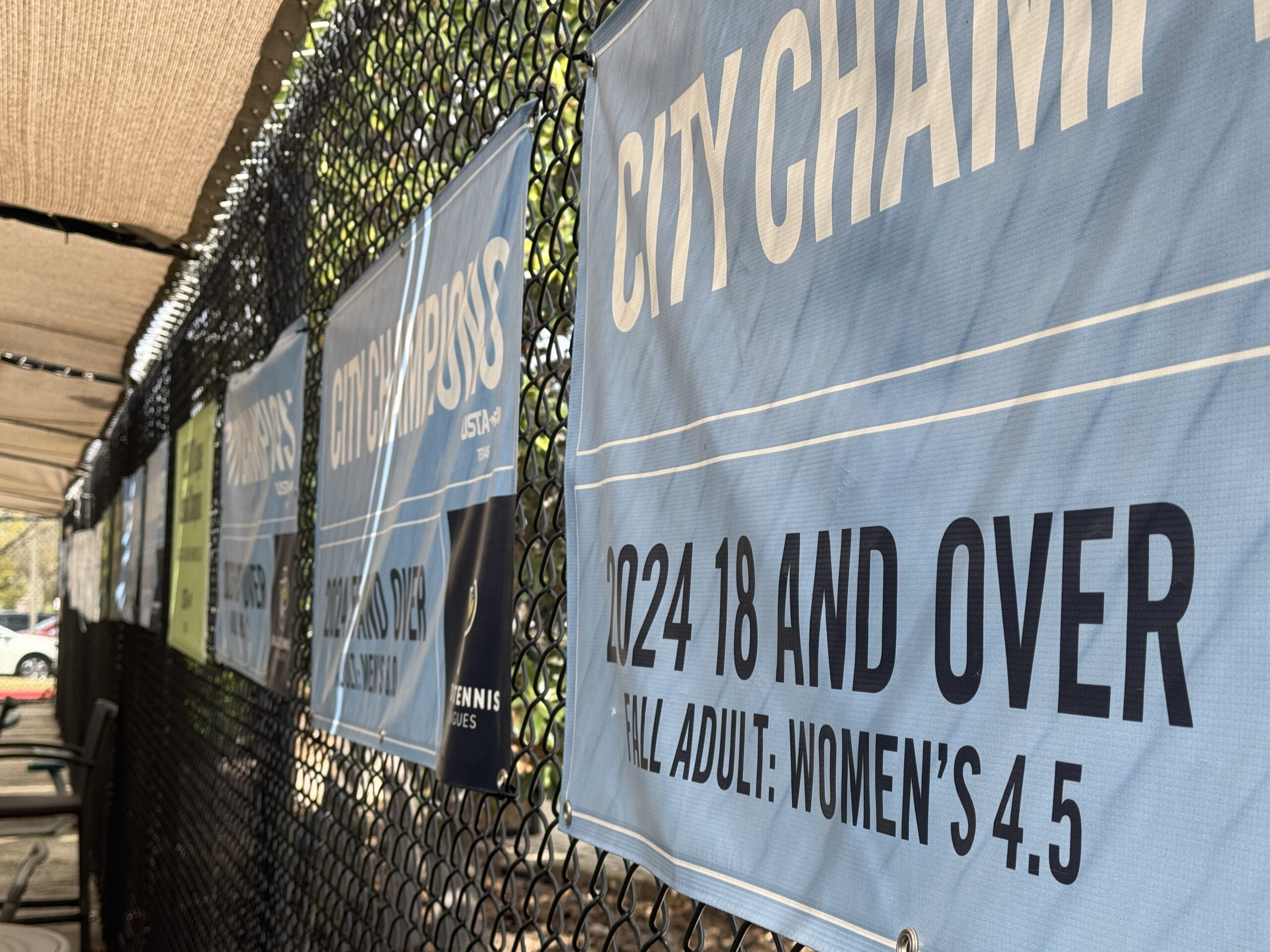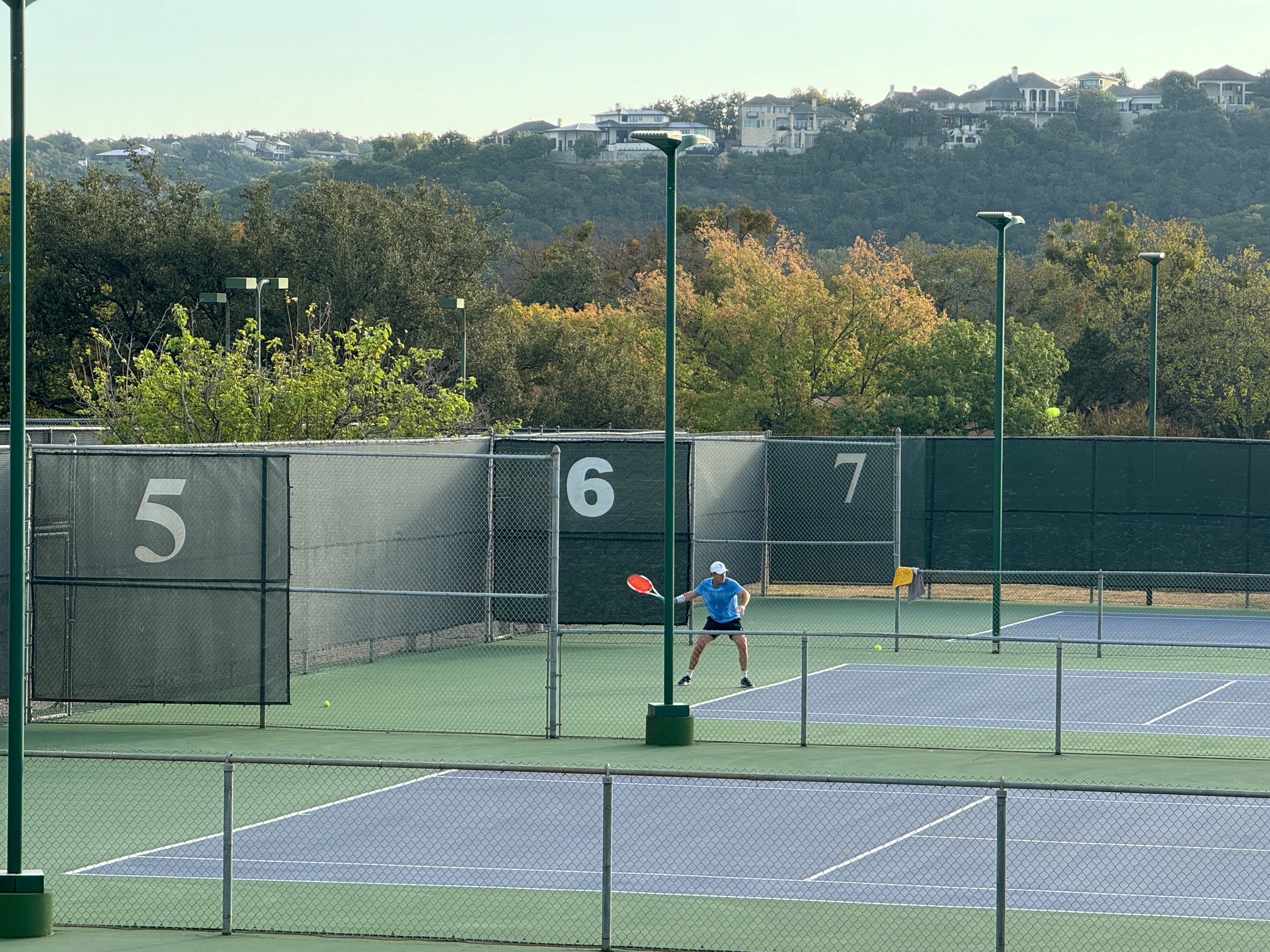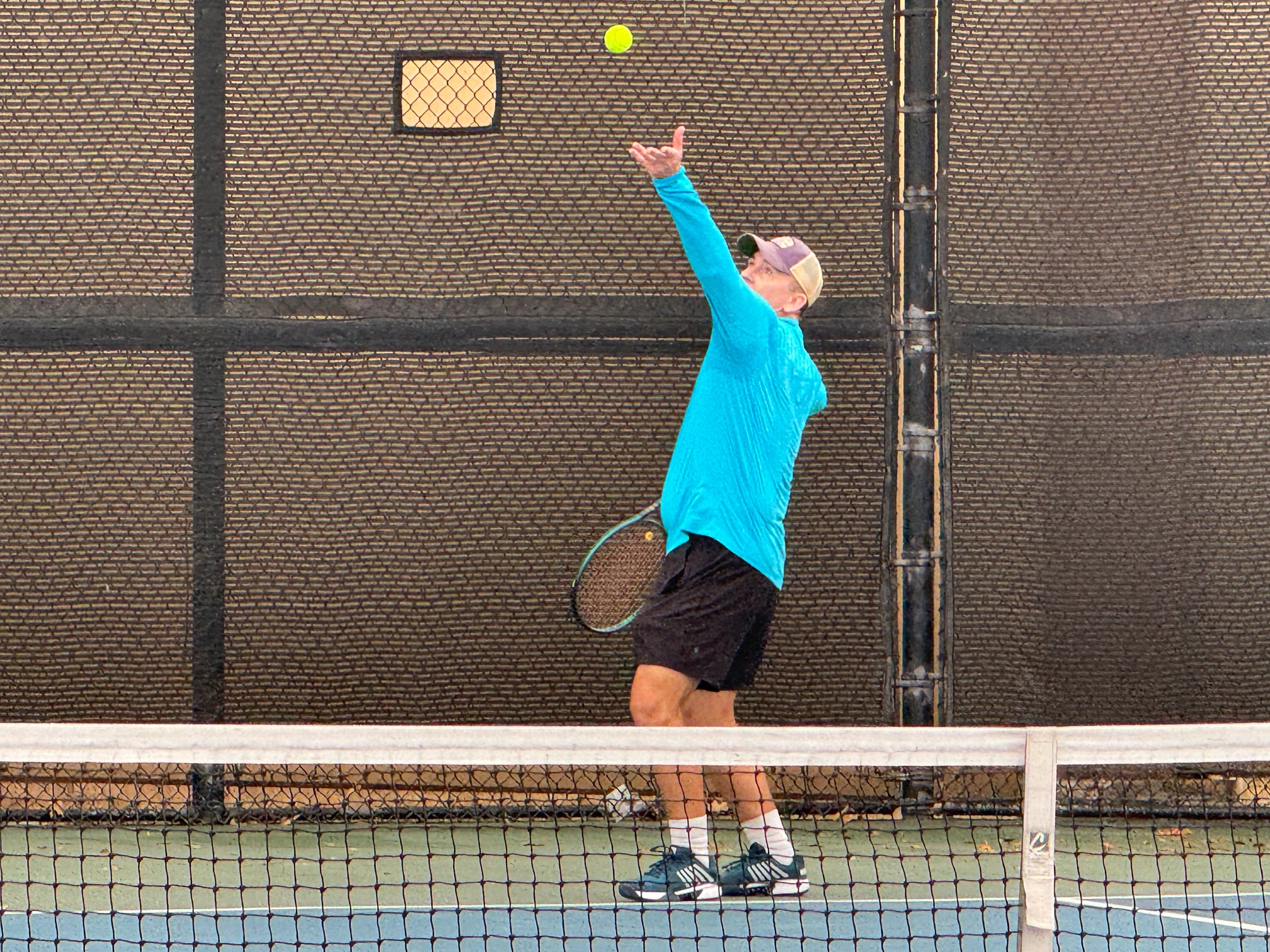In past years, I have lamented a lack of information about how many slots each Section is allocated for the USTA’s NTRP National Championship and how each Section performs those selections. Those concerns were eliminated when the USTA published the Selection criteria for the NTRP National Championships, which can be found at the link at the bottom of this post. That document contains the number of automatic bids each Section can award and details on how the selection will be made. It is a giant leap forward toward the kind of transparency National Championship events deserve. In addition to clarifying the selection process for prospective players, it also opens up the opportunity to check the math on the number of automatic bids awarded to each Section.
When the NTRP National Championships were first unveiled, the format was based on a field of precisely 32 entrants. The competitors were divided into 8 pools of four players for a preliminary round-robin that determined placement into four bracketed draws for the final rounds based on the order of finish. While only the top draw was eligible to win the National Championship, all four brackets were played out with significant ranking points at stake and (presumably) competitive matches.
While the bracket format (which I love) and the Fast 4 scoring format (which I famously hate) are juicy topics for additional posts, I will defer those for another day and focus only on how the playing spots are allocated to each Section. I have no way of knowing if the Sectional quotas have been updated at any point since the tournament first started, as this is the first time the USTA has published a complete list. However, if the numbers listed in the table in the 2025 Selection Criteria document reflect what was initially implemented, a discrepancy is immediately evident. Specifically, there are 33 guaranteed spots in a format that is supposed to be capped at 32 players.
While the reality is that most divisions aren’t filling to capacity anyway, if all Sections awarded their quota, the competitors would no longer fit cleanly into the 32-slot format. In years past, some Sections were awarded additional wild cards to round out the field when other Sections failed to fill their allocations. I assume the recent rule change creating an at-large selection process based on the National Standing List (NSL) should eliminate any need for Sectional wild cards going forward.
Another recent rule change also impacts the potential size of the field. Players who were bumped up an NTRP level at the end of the year and who would have qualified to play at their previous rating are guaranteed a spot in the Championships at their new level. Those people do not count against their Section’s quota. Logically, that effectively reduces the number of slots available for at-large players who did not receive their Section’s automatic spot. Specifically, this new practice raises the mathematical possibility that no players will receive an at-large NSL selection yet still have the playing field grow beyond the original cap of 32.
When calculating the allocation of the playing spots awarded to each Section, the math requires known values for a couple of key parameters. First, it is essential to determine how many Sections are receiving an allocation. That is straightforward because there are exactly 17 Sections in the USTA, and that is unlikely to change. (Insert your own Greenland annexation joke here.)
The second key parameter is the number of spots available. I believe it should be 32 rather than the 33 that are currently allocated. I don’t know when or why the guaranteed spots in a 32-player field grew beyond 33, but I don’t think the practice is advisable. It might be time to revisit the allocations and get that number down to 32.
In any case, the rest of this post is a back-of-envelope calculation examining whether the quota allocated to each Section makes sense. When the NTRP National Championship was unveiled, it was announced that every Section would always receive at least one spot. That is fair. At the same time, it was also claimed that the remaining spots were allocated based on “tournament participation” in each Section. I have long suspected that the initial allocations were made based on either USTA League participation numbers or total adult members within each section rather than tournament data, but that is water under the bridge.
In any case, what really matters is whether the allocations make sense based on current tournament participation. That raises the question of what constitutes participation in a tournament. One approach would be to identify the number of unique players resident in each Section who played in at least one tournament during the calendar year. Another option would be counting the total tournament registrations. I could probably write an entirely separate blog post on how participation in tournaments should be best calculated. After all, overthinking is the hallmark of this site.
In this case, I elected to go with total unique players. Sort of. I don’t have access to an accurate and normalized data set for tournament players. Consequently, I have to use publicly available information to work up an approximation. Due to time constraints, I decided to use Women’s 3.5 doubles as a proxy for tournament participation. I perceive that it is typically the largest player population, which may smooth out the variance a little bit. My method was to pull the total number of players off the filtered ranking list for each Section based on the NSL published on January 1, 2025.
That approach immediately reveals another challenge, which is the fact that there are three NTRP age divisions. I combined the total number of players appearing on the 18+, 40+, and 55+ ranking lists. That undoubtedly double counts some players. However, that seemed to be more inclusive than ignoring the 40+ and 55+ divisions. Also, I don’t have time to import the data into a relational database, which could be used to detect and remove duplicates. (If I were going to go that far, I would probably import all rankings data rather than just the Women’s 3.5 doubles.)
There is an image at the bottom of this post (unless your browser or email client is blocking images) that summarizes the data and my calculations. Since I don’t know how the USTA performs the allocation, the remainder of this post describes the method I would use to divide up the spots. One caveat up front is that I constrained the total number of entrants to 32 rather than the 33 that the USTA is currently using. I… just cannot use 33.
The method I settled on is pretty straightforward. The number of each player from each Section is the numeric ranking position of the last player ranked within the Section. From that aggregate data, the percentage of the players for each Section is easily calculated. That percentage was then multiplied by the number of available spots (15) to produce a projection of the extra spots each Section might expect based on their participation numbers. That is what is reflected in the “Expected Extra Spots” column.
This is where rounding and human judgment become essential because fractional slots cannot be awarded. The “Allocated Extra Spots” column reflects the number I would have granted each Section. Pure rounding doesn’t work, so I made a determination based on the strength of the rounding claim. For example, Southern was rounded down from 3.49, and Intermountain was rounded up from 2.86 and would both receive three additional spots using my system. That result matches Southern’s current official USTA allocation, so that appears to be fair. However, based on my limited set of admittedly flawed data, Intermountain arguably deserves an extra spot. On the other hand, it looks like Southern California and Northern California are each receiving more bids than this particular dataset would suggest.
The dividing line between Northern California and Missouri Valley might illustrate a conundrum that led to 33 spots being allocated by the USTA. With only 1 spot left to allocate, their player expectation was separated by a one-hundredth of a point. If it was that close or tied using actual data, I could see a scenario where awarding an extra spot to both Sections might seem equitable. If faced with a tie scenario, I would probably flip a coin.
What is most striking about this exercise is how similar my calculated allocations were to what the USTA has officially determined. Nothing is egregiously wrong based on this limited view, and any discrepancies are likely because I was using an approximation rather than actual data. Additionally, I have no visibility into the precise method that the USTA uses, but even if it is different, the results would appear to align with my method. On the other hand, with only 15 extra spots to mete out, there isn’t much actual wiggle room on how to divide them.
What is more telling about this exercise is how relatively unpopular NTRP age divisions are based on this limited data when viewed across the Sections. I recently heard the rumor that the USTA is evaluating whether to collapse the 40+ and 55+ divisions back down into one. Based on this exercise, that appears to be a good idea.
Overall, this analysis suggests that the USTA’s allocation method likely aligns fairly well with current tournament participation levels. More broadly, it also highlights the importance of continued transparency by publishing the Sectional quotas each year. The bottom line is that I was extremely happy to see more complete numbers out in the open and even happier that everything appears to be aligned.

- 2025 NTRP National Championships Selection Criteria, USTA web-published resource, undated and no version markings.




The 33 is probably intermountain. We received a 3rd selection spot this year and we were at 2 previously. It has been cited it’s due to tourney participation and if you were to pull men and women, our numbers are likely way above southern. We have men’s draws in 3.5 and 4.0 that sometimes are starting at a round of 128, if not 64. And we have by far the most tournaments. I’d love to know how they are calculating because it’s likely not tourneys alone like you said.